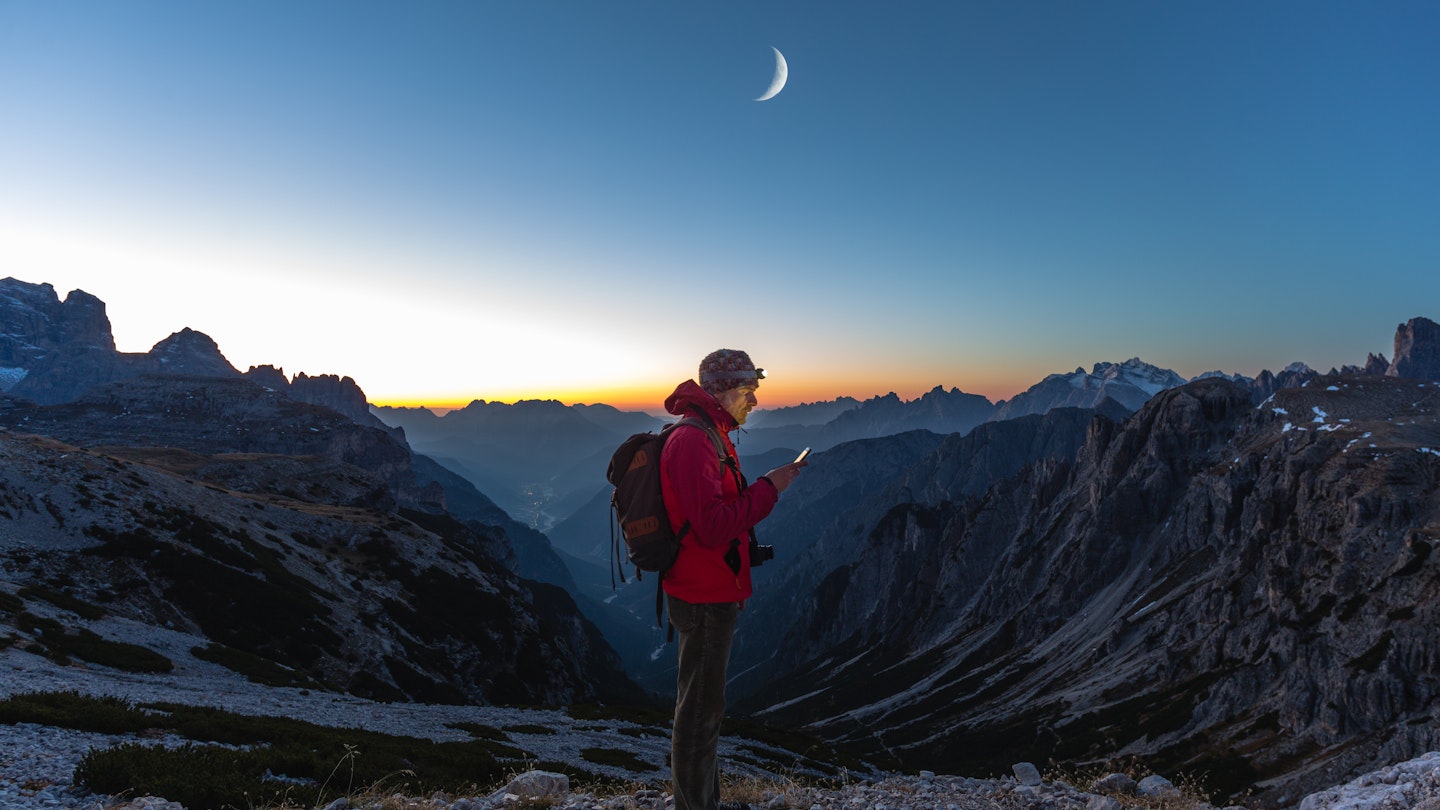Climbing Mt. Kilimanjaro: Disconnect to Reconnect
The information minister of Tanzania recently announced that high-speed internet services have been installed up Mt. Kilimanjaro.
My own quest to conquer this majestic mountain began less than a year ago when I signed waiver after waiver to summit via the most dangerous route: the Lemosho Western-Breach.
This nine-day trek heads toward the summit, Uhuru Peak (19,354 feet/5895 meters), crossing paths with an unpredictable melting glacier that has the potential to release falling rocks and boulders weighing tons. In 2006, three climbers lost their lives, and every year around 10 people succumb to the dangers of Kilimanjaro. While I ardently trained to be physically prepared for my journey up Africa’s tallest mountain, I could not help but contemplate the risks involved.

My project to photograph UNESCO World Heritage Sites is the primary reason I chose this climb. Despite knowing there are hundreds of easier sites available, I craved a personal challenge to continue pushing my limits.
Now that internet access is available on Kilimanjaro, and with advancements in satellite communication by companies like SpaceX and T-Mobile, I often reflect on how my experience would differ if I had made this climb while connected. The urge to check my laptop or get lost in social media would detract from the profound connections I developed with my fellow climbers during our evenings together in the dinner tent—a moment I truly sought to escape.

The Case for Leaving Your Smartphone Behind
Adventures like climbing Kilimanjaro are once-in-a-lifetime experiences deserving full attention, away from the beeps and buzzes that can easily distract us from the beauty around us. These moments call for an escape from everyday distractions, including social media and the mindless scroll.
Along my climb, occasional signals presented themselves, prompting thoughts of posting updates on social media about our progress. However, I cherished the freedom from obligatory check-ins. This unplugged experience allowed me to focus on the journey and enjoy the natural surroundings.
Why I Chose to Hike Without Cell Reception
Being without internet access was essential to my experience. Each evening before dinner, I reflected on my day in my Field Notes while soaking in the breathtaking sunsets. Without cell service, I was far removed from the temptation to text about my daily experiences or share updates online. Instead, I simply enjoyed the beautiful sunsets atop Mt. Kilimanjaro.
Over the course of seven days, I concentrated on my primary goal—reaching the summit—while exploring the distinct features of five diverse climate zones. I photographed the stunning transformation of the scenery, transitioning from lush forests filled with monkeys to arctic ice fields marked by receding glaciers. The higher I ascended, the more I began to appreciate the simplicity of our meals and the conversational connections with fellow climbers. Would my phone’s allure have distracted me from engaging fully in these enriching interactions?

The Stress of Spotty Reception
On my fourth day, altitude fatigue started to take its toll. The short hike to Lava Tower Camp, merely three hours long, was unexpectedly exhausting, coupled with the chilly weather. After a feeble attempt at a power nap, I emerged from my sun-warmed tent, groggy and sluggish. With hours of daylight remaining and not much to do, our acclimatization process required us to rest for two nights before reaching the summit.
I had heard of a good spot for cell reception near the base of Lava Tower. While messaging friends back home was not a priority, I thought I could send a few cheerful texts. I soon found the reception spot, crowded with fellow climbers and support crew members glued to their phones.
The biting wind numbed my fingers as I attempted to juggle between typing messages and searching for suitable photos. My efforts yielded just two sent messages amidst a flurry of attempts, but soon I abandoned the endeavor and returned to camp. I was too cold and fatigued to care about being connected anymore. Back at camp, I settled comfortably by the warmth of the cooking stove, allowing the heat to revive my chilled fingers while relinquishing any thoughts of contacting the outside world.
My Smartphone Still Came in Handy, Here’s How
Even though I planned to embrace disconnection, I could not fathom leaving my smartphone behind completely. On the first evening, I filmed a walk-through of camp and captured stunning sunset photographs. Back in my tent, energized from the day’s adventures, I curated my favorite images and videos, organizing them for future sharing. I also referred to the trip itinerary, reviewing our daily altitude gains and climate zones. The glow of my lock screen even illuminated my tent during late-night nature calls.
Keeping Things Charged on Your Adventures
To extend battery life during the frigid nights, I kept my phone, along with camera batteries and charging bricks, tucked within my sleeping bag. Without charging stations available, I made sure to carry several battery backups throughout our nine-day expedition.
The Alternative Options for What to Do If There Is No Cell Signal
When exploring remote regions, ensuring emergency communication is integral to any travel plan. Until satellite technology offers comprehensive coverage, investing in a satellite phone can provide reliable connectivity. Depending on the satellite network, pricing varies, with phones starting around $200 and service plans costing around $100 monthly for minimal airtime. Rental options exist if only needed occasionally, around $45 weekly with plans beginning at $50 for limited airtime.
This article highlights the importance of disconnecting while climbing Kilimanjaro to fully embrace the experience and connect with the natural world. Adventure awaits when you choose to leave distractions behind.





